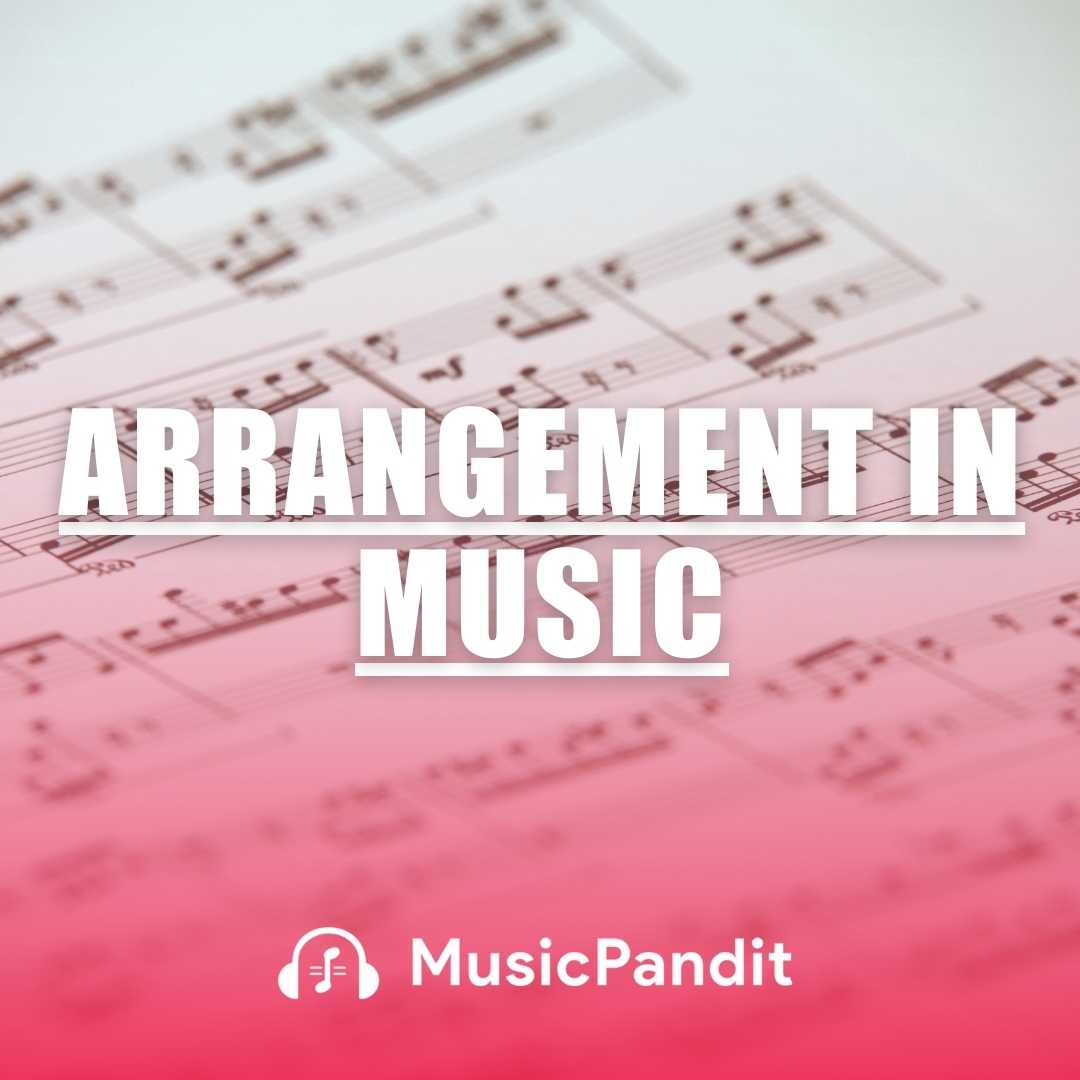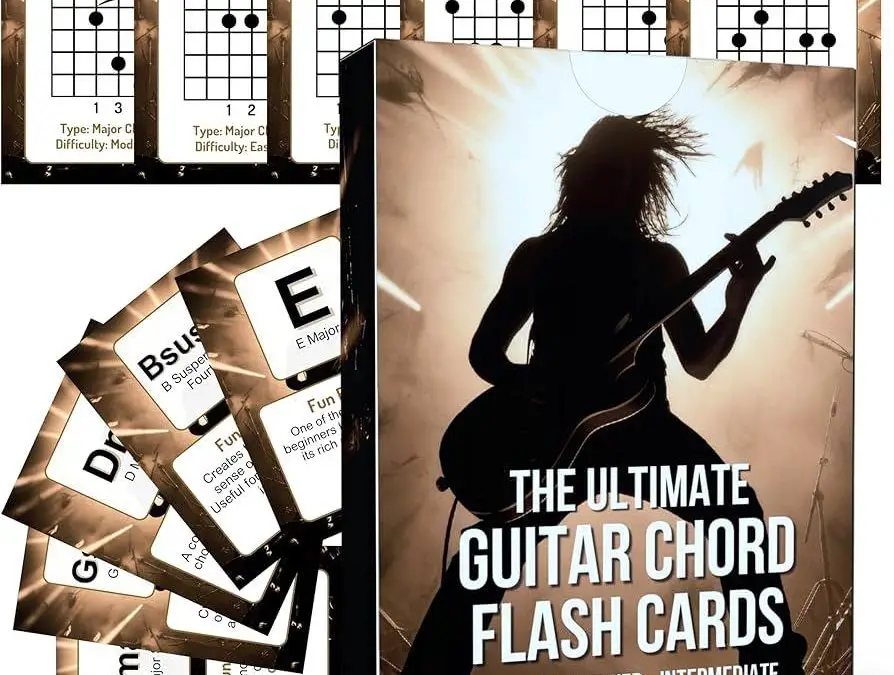Strap in, fellow guitar enthusiasts, because we are about to dive headfirst into the exhilarating world of mastering complex chord progressions on the guitar! Forget about your standard G-C-D rotation, we’re taking things up a notch and exploring the intricate web of chords that will have your fingers dancing across the fretboard like never before. So grab your guitar, a sense of humor, and get ready to level up your musical skills in the most entertaining way possible. Let’s rock and roll (pun intended) our way through some mind-bending chord progressions together!
Contents
- 1 Understanding the Basics of Chord Progressions
- 2 Exploring the Circle of Fifths and Its Importance
- 3 Navigating Through Modal Interchange for Richer Harmony
- 4 Incorporating Secondary Dominants for Tension and Release
- 5 Harnessing the Power of Chromatic Chords in Progressions
- 6 Applying These Concepts in Various Musical Genres
- 7 Practice Strategies for
- 8 FAQs
- 9 Rock On, Guitar Maestro!
Understanding the Basics of Chord Progressions
So you think you know everything there is to know about music theory, eh? Well, buckle up, because we’re about to dive into the wonderful world of chord progressions!
Let’s start with the basics. Chord progressions are like the building blocks of a song – they’re the foundation that everything else is built upon. Without a solid understanding of chord progressions, your music might end up sounding like a toddler banging on a toy piano.
But fear not, young grasshopper! With a little bit of knowledge and a whole lot of practice, you’ll be creating jaw-dropping chord progressions that will make Beethoven himself jealous.
Here are a few key things to remember when it comes to chord progressions:
- Harmony is key: Chord progressions are all about creating harmony between different chords. It’s like a musical love story that keeps listeners coming back for more.
- Experimentation is your friend: Don’t be afraid to try out different chord progressions and see what works best for you. Who knows, you might stumble upon the next big hit!
- Practice makes perfect: Just like anything else in life, the more you practice creating chord progressions, the better you’ll become. So grab your guitar, piano, or whatever instrument strikes your fancy, and get to work!

Exploring the Circle of Fifths and Its Importance
Are you ready to embark on a musical journey that will leave you spinning in circles (of fifths)? The Circle of Fifths is like a treasure map for musicians, guiding us through the vast sea of keys and chords. It’s the secret sauce that unlocks the mystical powers of harmony and modulation.
So, what exactly is the Circle of Fifths? Imagine a merry-go-round where each horse is a key signature, spinning in perfect harmony. This magical carousel shows us the relationship between keys, helping us understand how they are connected and how they can be used to create tension and resolution in music.
Why is the Circle of Fifths so important, you ask? Well, let me tell you, it’s like having a cheat code for composing music. With the Circle of Fifths as your trusty sidekick, you can easily find the perfect chord progressions, create smooth transitions between keys, and impress your friends with your musical prowess.
So, buckle up and get ready to ride the Circle of Fifths rollercoaster – it’s a wild musical adventure full of twists, turns, and harmonious surprises. Let’s take a spin and explore the magic of this musical marvel!

So you’ve mastered the basics of harmony and you’re ready to take your music to the next level. One way to achieve that is by delving into the world of modal interchange, a fancy term for borrowing chords from parallel scales to spice up your progressions. It’s like raiding your neighbor’s pantry for some exotic spices to bring more flavor to your dish.
With modal interchange, you can create unexpected twists and turns in your music that will keep your listeners on their toes. Think of it as adding a splash of hot sauce to your mac and cheese – it’s a game changer. By blending chords from different modes, you can create rich, lush harmonies that will make your music sound more sophisticated and interesting.
But beware – modal interchange is a slippery slope. It’s easy to get lost in a sea of borrowed chords and end up with a musical Frankenstein that confuses and scares away your listeners. To avoid such a fate, remember to keep things balanced and use modal interchange sparingly. Think of it as seasoning your music – a little goes a long way.
So go ahead, experiment with modal interchange and see where it takes you. Who knows, you might just stumble upon a harmonic combination that blows your mind and leaves your listeners begging for more. Happy harmonizing!
Incorporating Secondary Dominants for Tension and Release
So you wanna spice up your music compositions with some tension and release using secondary dominants, huh? Well, you’ve come to the right place! Secondary dominants are like the secret spices in a gourmet dish – they add that extra oomph that takes your music from bland to grand. But beware, use them sparingly or you might end up with a musical monstrosity!
Picture this: you’re grooving along in a nice, cozy C major chord progression when BAM! Out of nowhere, a wild A7 appears. Your listeners are left scratching their heads wondering what just happened. And just when they think they’ve figured it out, you hit ’em with a sneaky D7, sending them into a frenzy of musical madness. But fear not, my fellow composers, for with great tension comes great release!
When incorporating secondary dominants, remember to follow these guidelines:
- Choose your targets wisely: Don’t just throw in secondary dominants willy-nilly. Make sure they lead to a chord that gives that sweet, sweet resolution.
- Experiment with different keys: Secondary dominants don’t discriminate - they can work their magic in any key. Play around with different options to find the perfect fit for your composition.
- Don’t overdo it: Like I said before, too much of a good thing can be a bad thing. Use secondary dominants sparingly to keep your listeners on their toes.

Harnessing the Power of Chromatic Chords in Progressions
Chromatic chords are like the spice of progressions – they add that unexpected kick that keeps things interesting. Imagine your chord progression as a delicious dish, and chromatic chords as the secret ingredient that takes it from good to gourmet.
By incorporating chromatic chords into your progressions, you can create tension and resolution that will keep your listeners on the edge of their seats (or at least tapping their feet). It’s like adding a plot twist to a movie – you never know what’s coming next, but you can’t wait to find out.
Don’t be afraid to experiment with different variations of chromatic chords. Mix and match them with your regular chords to create unique and unexpected sounds. Who knows, you might stumble upon a combination that will become your signature style.
So, next time you sit down to work on a new piece, remember to harness the power of chromatic chords in your progressions. Your music will thank you for it, and who knows, you might just discover a whole new world of possibilities.
Applying These Concepts in Various Musical Genres
So you’ve learned some new musical concepts – congratulations! Now it’s time to take these ideas and apply them in various genres to really spice up your music. Whether you’re into rock, pop, jazz, or even polka, there’s always room for some fresh ideas. Here’s how you can incorporate these concepts into different musical styles:
Rock:
- Rhythm: Instead of sticking to the typical 4/4 beat, try experimenting with odd time signatures like 7/8 or 5/4. It’ll give your rock tunes a unique edge that’ll make your listeners headbang in confusion.
- Harmony: Add some dissonant chords to your power chords for an extra dose of angst. Who needs consonance when you can have controlled chaos?
Pop:
- Melody: Infuse your catchy hooks with some chromaticism. Nothing says “pop perfection” like a sprinkle of unexpected notes.
- Dynamics: Play with volume in your choruses – start soft and build to a deafening crescendo. Your fans won’t know what hit them!
Jazz:
- Improvisation: Take your solos to the next level by incorporating the concepts of tension and release. Keep your audience on their toes as you navigate through complex chord progressions with finesse.
- Rhythm: Experiment with syncopation and polyrhythms to keep your jazz tunes groovy and unpredictable. Who says jazz has to be smooth?
Practice Strategies for Guitar Chords Every Beginner Must Learn”>Mastering Complex Chord Progressions
So you want to be a chord progression master, huh? Well, you’ve come to the right place! Mastering complex chord progressions takes practice, dedication, and a whole lot of patience. But fear not, with the right strategies, you’ll be strumming like a pro in no time!
Here are some practice strategies to help you conquer those tricky chord progressions:
- Break it down: Start by breaking the chord progression into smaller sections. Master each section before moving on to the next.
- Practice makes perfect: Repetition is key when it comes to mastering complex chord progressions. Set aside dedicated practice time each day to work on your skills.
- Get creative: Experiment with different voicings and variations of the chords in the progression. This will not only challenge you but also help you develop a deeper understanding of how chords work together.
Remember, mastering complex chord progressions is a journey, not a destination. Keep practicing, stay patient, and most importantly, have fun with it! Who knows, you might just become the next guitar virtuoso!
FAQs
What are some tips for memorizing complex chord progressions on guitar?
Well, one trick is to break down the progression into smaller sections and practice them one at a time. Another tip is to try playing the chords in different variations and positions to really solidify them in your memory.
How can I improve my fingerpicking skills when playing complex chord progressions?
Practice, practice, practice! And maybe invest in a good set of fingerpicks to really enhance your sound. Also, don’t be afraid to experiment with different fingerpicking patterns to keep things interesting.
What are some common mistakes guitarists make when trying to master complex chord progressions?
One common mistake is trying to rush through the progression without really understanding the chords themselves. Take your time to really listen and feel each chord change as you play. Also, don’t be afraid to ask for help or guidance from a more experienced player.
How can I add my own flair and creativity to complex chord progressions?
One way to spice up a boring chord progression is to experiment with adding in some colorful chord extensions or substitutions. You can also try incorporating some tasty licks or solos in between chord changes to really showcase your personal style.
Any recommendations for online resources or tools to help me master complex chord progressions on guitar?
There are plenty of websites and apps out there that offer chord progression exercises and tutorials. Just make sure to find one that caters to your skill level and learning style. And don’t forget to utilize good old YouTube for some visual demonstrations and inspiration!
Rock On, Guitar Maestro!
Congratulations! You’ve made it through the maze of complex chord progressions on the guitar. Now go forth and serenade the masses with your newfound skills. Whether you’re strumming in your bedroom or shredding on stage, remember to keep practicing, experimenting, and pushing yourself to new musical heights. And most importantly, never be afraid to hit a wrong note – after all, even the greatest rockstars started somewhere. So grab your guitar, crank up the amp, and let’s rock on!



